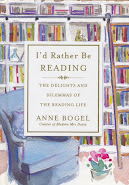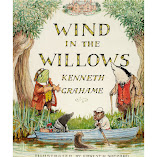Cervantes' "Don Quixote" has been very popular since centuries, despite its gargantuan proportions. It deals with the eponymous idealistic knight, his brains addled with reading the chivalrous literature popular in his time, setting out to replicate the adventures in them. His illiterate squire, Sancho Panza, provides an apt foil with his homegrown wisdom.
It is not widely known that Orson Welles set out to film a contemporary version of the novel, the film sadly remaining unfinished.
 The son of the legendary director Bunuel, worked as assistant director in this film. The musical starring Peter O'Toole, Sophia Loren & James Coco, though taking enormous liberties with the text, remained faithful to the spirit of the novel.
The son of the legendary director Bunuel, worked as assistant director in this film. The musical starring Peter O'Toole, Sophia Loren & James Coco, though taking enormous liberties with the text, remained faithful to the spirit of the novel.
The Spanish philosopher Unamuno, claiming to be more Quixotist than Cervantist, wrote "My Lord Don Quixote" a metaphysical analysis of the character.
Graham Greene turned the title character into a Catholic priest in his "Monsignor Quixote." He, like his mythical ancestor, remained an idealist in a cynical, materialist world. His Sancho was the communist ex-mayor of their hometown El Toboso, the native place of the "peerless" Dulcinea, the idol of the fictional Don. This was also made into a film starring Alec Guiness as the Monsignor.
Rushdie's metafiction "Quichotte" rounds up this "Quixotic" essay.

























